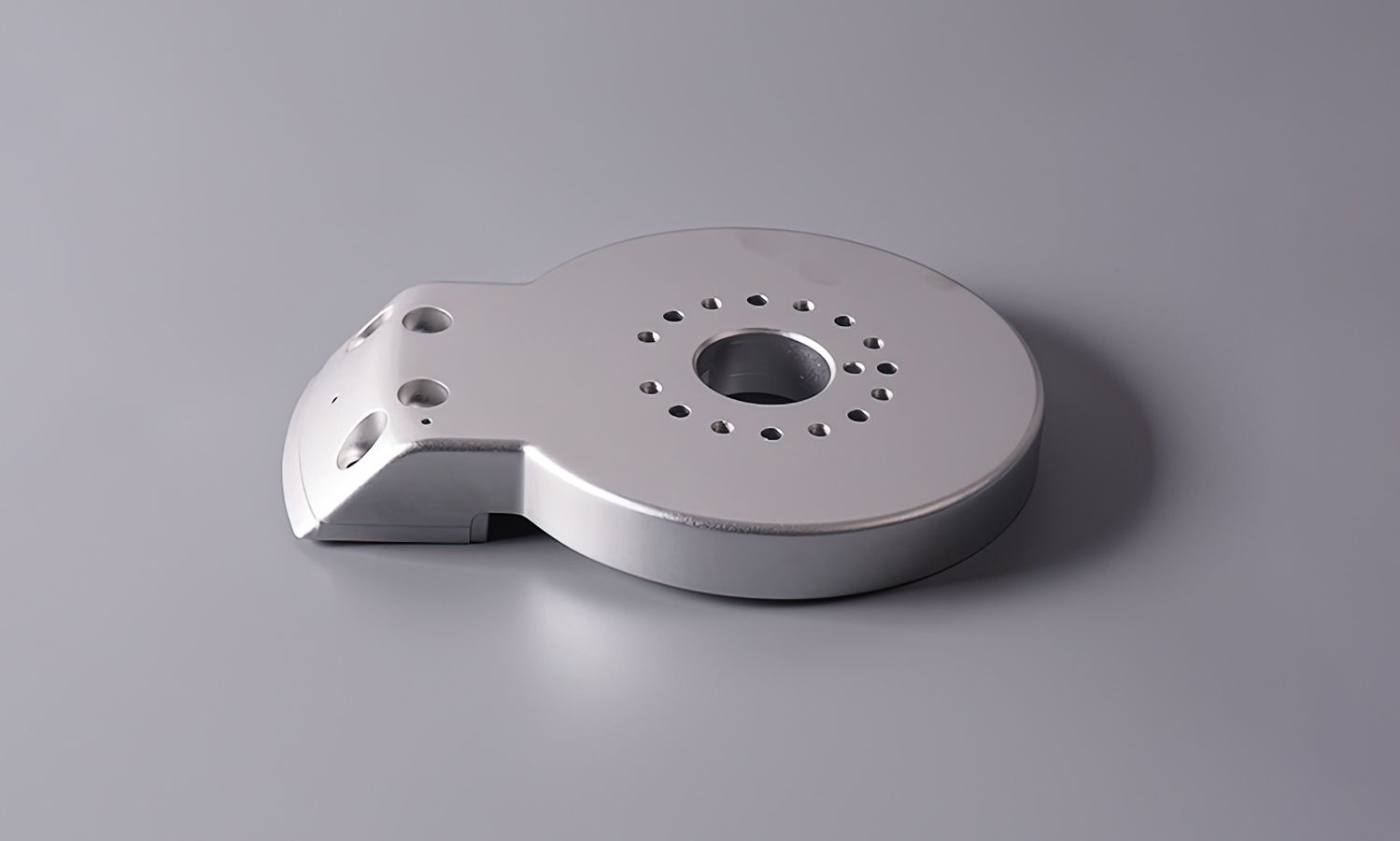
CNC milling is one of the most effective and frequently used technologies in precision manufacturing. CNC milling services have revolutionized how we execute designs, enabling us to produce precise mass-produced components and intricate custom parts. The full CNC milling procedure will be explained in this article, from the initial design concept through the delivery of the finished product.
Understanding CNC Milling
- Basics of CNC Milling Machines
These machines are able to accurately remove material from a workpiece in order to give it the desired form thanks to computer numerical control (CNC) technology. Because it operates with unparalleled accuracy, the CNC milling machine is the finest choice for complex projects.
- Supplies for CNC Milling
CNC milling metals such as aluminum, steel, and titanium are just a handful of the various materials that CNC milling can handle. Using other materials, including composites, wood, and plastic, is also common. Due to their versatility, CNC milling machines can produce anything from jewelry to aerospace components.
Custom CNC milling
One of CNC milling’s most wonderful advantages is how adaptable it is. You can create unique products and parts with astonishing accuracy. Custom CNC milling can produce an intricate aircraft component or a one-of-a-kind piece of art. Using CAD software, create a 3D digital model of your idea as the first stage in the process.
The Process of CNC Milling
Let’s now examine the steps involved in CNC milling:
1. Design and Programming
A digital design is where a CNC-milled product’s journey begins. Professional computer-aided design (CAD) engineers construct a 3D model of the necessary components. This model functions as a guide for the CNC milling machine. After that, CAM (Computer-Aided Manufacturing) software transforms the CAD file into a CNC program.
2. Material Preparation
The time has come to prepare the material now that the CNC program is complete. The selected metal or other material is affixed to the CNC milling machine’s worktable. The material will remain in position during the milling process with the help of proper fixturing.
3 CNC Milling
The CNC milling machine starts up after the material is locked down and the software is loaded. Following the pre-programmed toolpaths, it precisely moves the cutting tools, often end mills or drills. High-speed rotation of these tools expertly removes material layer by layer until the desired shape is obtained.
A subtractive procedure, CNC milling eliminates material to produce the desired shape. Precision CNC milling ensures minimum waste and outstanding accuracy.
4. Quality Assurance
The milling process requires quality control procedures at every stage. To make sure the milled item adheres to the CAD model’s specifications, operators inspect the part as it is being milled and monitor the machine’s performance. Any errors are immediately fixed.
5. The Final Touch
Some components could need further finishing touches after the milling process is completed. Deburring, which eliminates sharp edges, or surface treatments like sandblasting or anodizing, which improve the part’s durability and aesthetic appeal, can be included in this.
In Conclusion
With unmatched precision, CNC milling is an amazing technique that bridges the gap between design and reality. Understanding the CNC milling process is critical to accomplishing your manufacturing objectives, whether you need custom CNC Milling Services for an exclusive project or precision components produced at scale.
